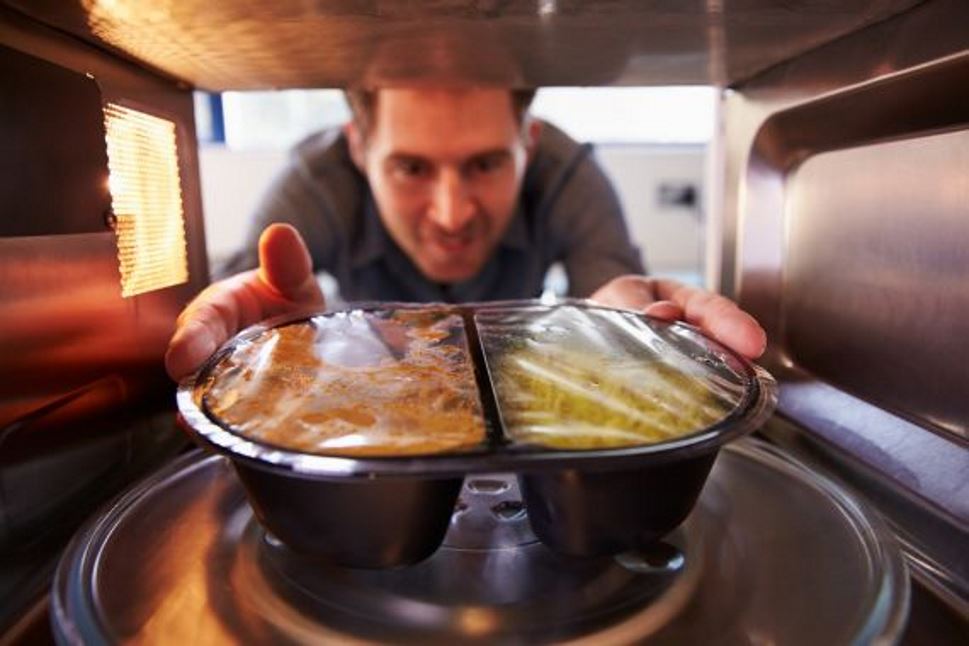How MAP can help to put your product on the map
Creating a fantastic-tasting food product takes skill, and of course commercial knowledge – but scaling it up from selling on the local market to the supermarket is a whole different process. So, what do you need to do to make sure your product is a contender?
First off, there's your recipe. Making 100 ready meals, for example, is very different to making 10, and making 10,000 very different to making 100…in other words, you'll have to look carefully at using the right ingredients, the quantities you'll need and the equipment you use.
Producing on a bigger scale
You can choose to do it all yourself – buying commercial scale equipment such as mixers and ovens, finding a space big enough to manufacture your products efficiently and taking on extra staff. You'd also need to make sure you have all the relevant hygiene, food safety and Environmental Health Department certificates, which any supermarket will insist upon. Food hygiene is based around the 4Cs: cross-contamination, cleaning, chilling, and cooking, and you'll need to have a plan for food safety based on Hazard Analysis and Critical Control Point (HACCP) principles, identifying any hazards that must be avoided, removed or reduced; and where you'll find them (the critical control points).
For many smaller food businesses, the vast difference in producing the sort of quantities supermarkets will be looking for, in the same amount of time and to the same high quality, means it can be easier to outsource the manufacturing to a commercial kitchen – which will already have all the certificates and assurances in place. One of the other advantages here is that using a commercial kitchen also reassures supermarkets that you can cope with any spikes in demand.
Longer shelf life
Perhaps the most important consideration when you're scaling up though, is that your food is healthy and safe. Consumers are also looking for minimal processing and attractive packaging, together with the convenience of it being easy to store, with your product staying fresh as long as possible. And that's where MAP comes in, giving you the ability to make sure more consumers experience your prized food product in perfect condition every time.
MAP stands for Modified Atmosphere Packaging – an established and proven technology that packages food in a protective atmosphere to keep your product looking and tasting as good as possible for as long as possible, extending its shelf life.
The benefits of MAP
In principle, MAP is simple: it replaces atmospheric air with carbon dioxide, nitrogen or oxygen, either on their own or in combination, depending on the product, to slow down the rate of decay. The gases are all derived from the air we breathe, so the process is completely natural with no need for preservatives; best of all though, it extends shelf life by up to 500%.









